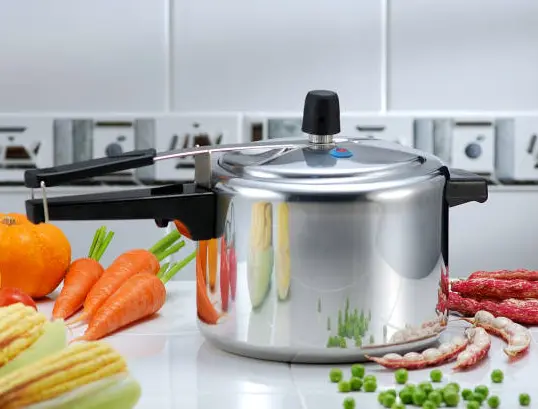
If you’re new to cooking with a stainless steel pressure cooker on a gas stove, the idea of using a pressure cooking tool can be daunting. However, once you learn the basics, you’ll realize how easy and convenient it is.
In fact, a pressure cooker is a great kitchen tool that can save you time and energy when preparing meals. We are a pressure cooker manufacturer, I’ve put together a comprehensive guide to help you get started.
Step 1: Familiarize Yourself with Your Pressure Cooker
Spend a minute or two becoming familiar with your pressure cooker prior to starting. Refer to your owner’s guide for any model-specific advice since each one will have slight differences. Make sure that your cooker has a safe lid, operating valve, and rubber gasket to seal the pot.
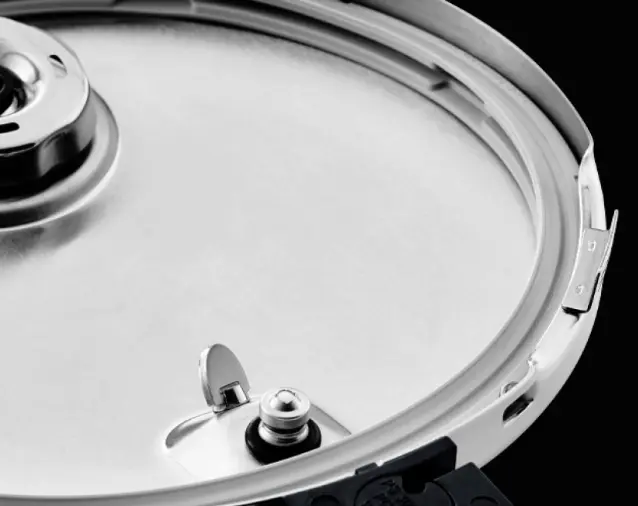
Step 2: Prepare the Ingredients
Choose Your Ingredients: Stainless steel pressure cookers are ideal for cooking beans, lentils, tough cuts of meat, and grains. If you’re making a stew or soup, these can cook much faster in the pressure cooker than in a traditional pot.
Add Liquid: Unlike regular cooking, pressure cookers need liquid to generate steam and create pressure. For most recipes, you’ll need at least 1 to 2 cups of liquid (water, broth, or other liquids). Ensure you follow the recipe’s instructions for liquid amounts, as too little liquid can cause burning, and too much can lead to a less efficient cooking process.
Don’t Overfill the Cooker: Avoid overfilling your pressure cooker. Never fill it more than two-thirds full, and if you’re cooking ingredients that expand, like beans, fill it only halfway to avoid a messy overflow.
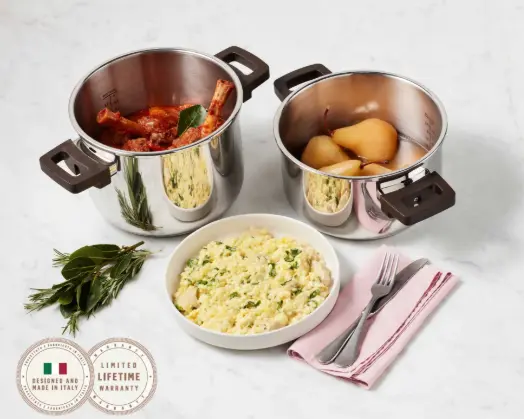
Step 3: Seal the Pressure Cooker
Place the lid onto the pressure cooker and ensure it’s properly aligned and secured. Most models have a locking mechanism or a turn-and-lock design. The lid must be sealed tightly to build up the pressure inside.
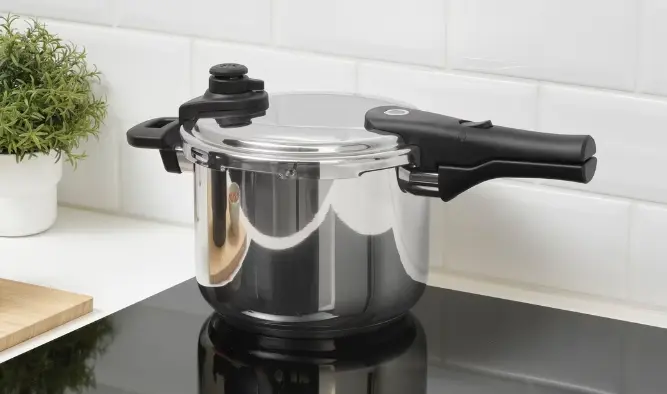
Step 4: Place the Pressure Cooker on the Gas Stove
Choose the Right Burner: Use a burner that fits the size of your pressure cooker. For smaller cookers, use a medium-sized burner; for larger cookers, a bigger burner is more suitable. The flame should be stable, and it should not be too high, as this could cause excessive heat and make it harder to regulate the pressure.
Set the Heat to High: Initially, set the flame to high to help the pressure cooker reach its desired pressure quickly. You’ll hear a hissing sound as the steam builds inside, and the pressure will gradually rise.
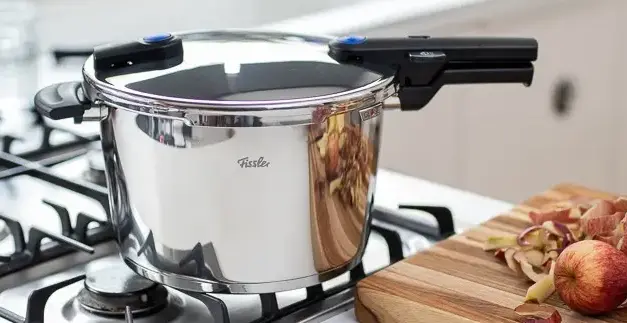
Step 5: Monitor the Cooker
Once the cooker reaches pressure, you’ll notice the pressure valve pop up, signaling that the cooker is pressurized. At this point, lower the heat to medium or low to maintain the pressure without overcooking the food or causing the cooker to become too hot.
Tip: Too high a flame will make the cooker too hot, which can lead to burning the food, while too low a flame may not generate enough pressure for proper cooking.
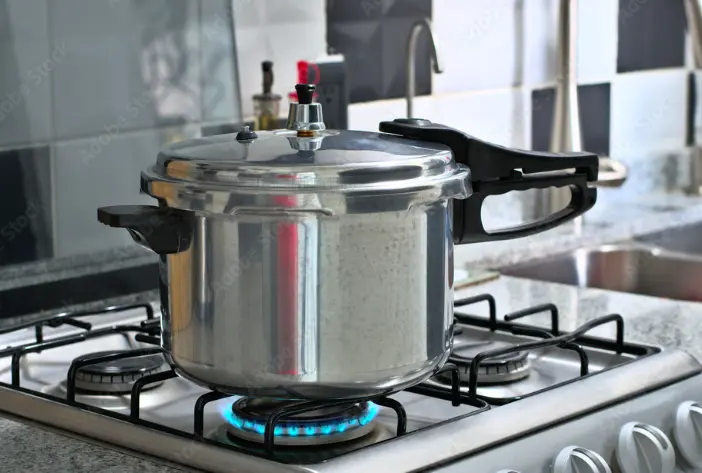
Step 6: Cooking Time
Cooking time in a pressure cooker is significantly shorter than traditional methods. Follow the recipe to determine how long to cook the food. After the set cooking time is over, turn off the gas and prepare to release the pressure.

Step 7: Release the Pressure
Once the cooking time is complete, you’ll need to release the built-up pressure. There are two ways to do this:
Natural Pressure Release: Turn off the heat and let the cooker sit for about 10-15 minutes. The pressure will gradually decrease on its own. This is a good method for dishes like meats, beans, or stews, as it allows them to finish cooking in the residual heat.
Quick Pressure Release: For faster results, use the quick-release method. Carefully release the steam by turning the valve or pushing the button (depending on your model). Make sure to keep your hands and face away from the steam to avoid burns. Always use a towel or mitt to handle the valve if it’s too hot.
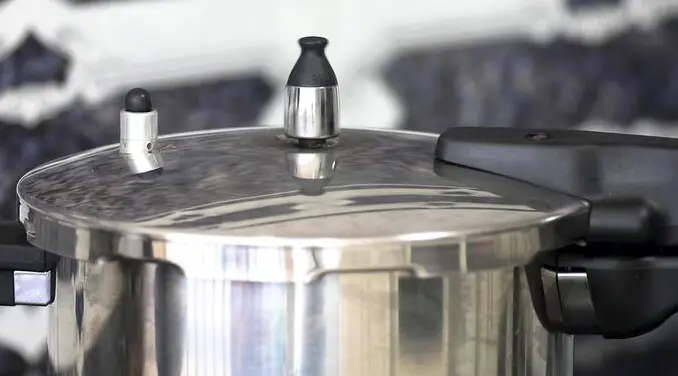
Step 8: Open the Cooker
Once all the pressure has been released, you can safely open the lid. Never force the lid open while the cooker is still under pressure. If the pressure valve hasn’t dropped, it’s a sign that there’s still pressure inside, and you should wait for it to decrease.
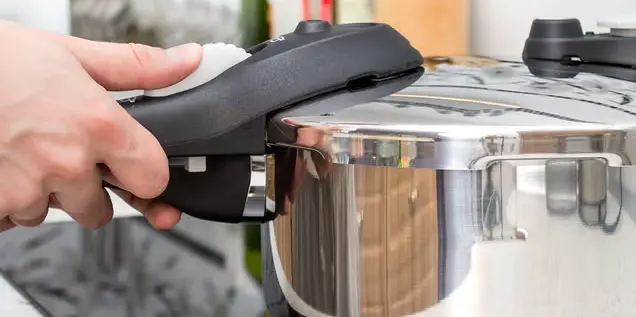
Safety Tips for Using a Stainless Steel Pressure Cooker on a Gas Stove
- Avoid high heat: Using excessive heat can lead to overcooking, burning, or even damaging the pressure cooker.
- Use the correct amount of liquid: Insufficient liquid can prevent the cooker from reaching the required pressure, while too much can cause spills.
- Stay attentive: Never leave a pressure cooker unattended on the stove.
- Inspect the cooker regularly: Check the gasket, pressure valve, and lid for any signs of wear and tear.
Conclusion
Using a stainless steel pressure cooker on a gas stove might seem intimidating at first, but with a little practice, it’s an incredibly efficient and convenient way to prepare meals. Once you get the hang of it, you’ll wonder how you ever cooked without one. By following these simple steps, you can ensure a safe and enjoyable cooking experience while achieving perfectly cooked meals every time.
About Us
Hengguang is a leading mini pressure cooker manufacturer in China, specializing in high-quality stainless steel pressure cookers. Our best-selling mini pressure cooker has gained exceptional popularity, with over 1 million units sold in South Korea last year alone, and strong repeat orders due to outstanding performance and customer satisfaction.
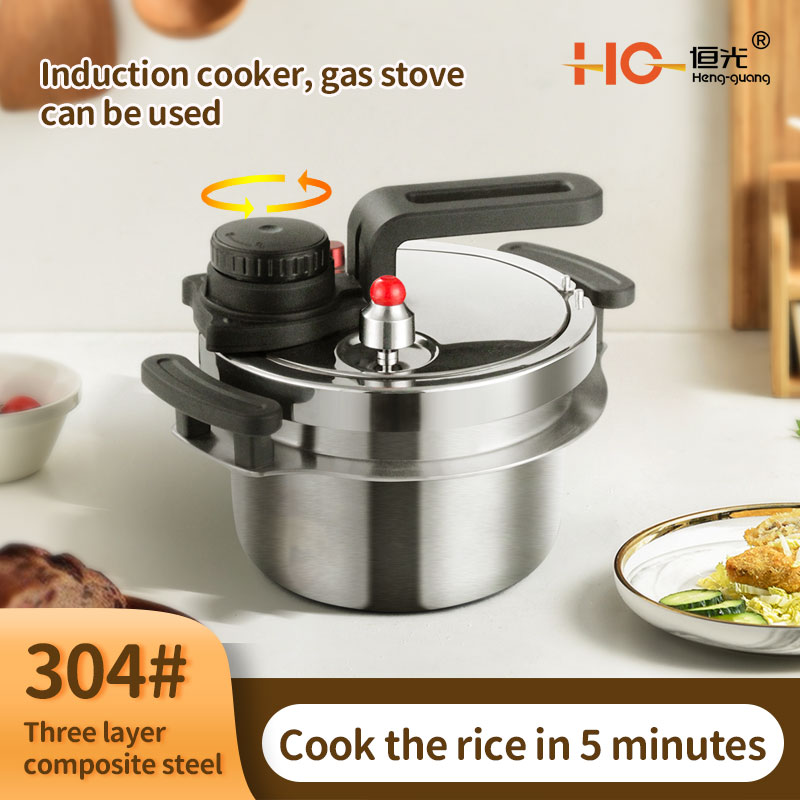
- ✅Unmatched Quality & Performance
- ✅Factory Direct Pricing
- ✅ Large-Scale Production
- ✅ Custom OEM & ODM Services
Partner with Hengguang Today!
Looking for a reliable mini pressure cooker supplier with top-quality products, strong production capabilities, and factory-direct pricing? Contact Hengguang now to discuss your bulk order and customization requirements! 🚀